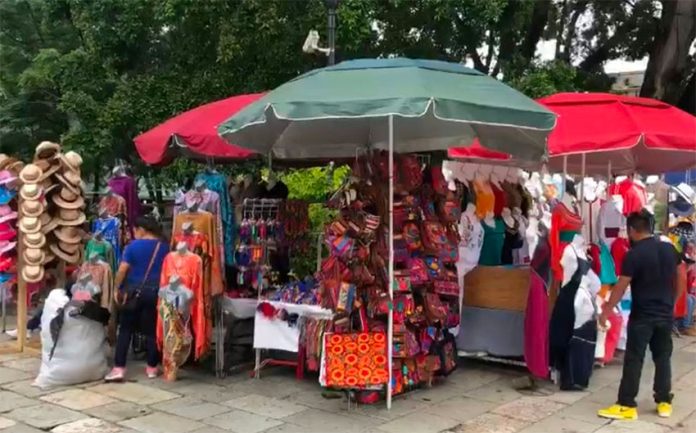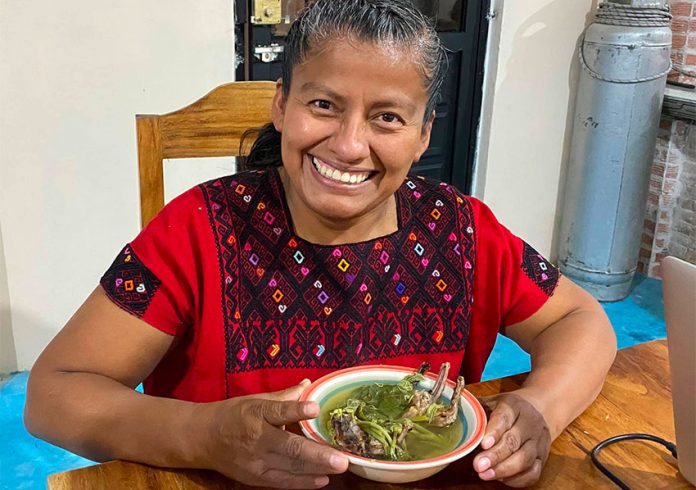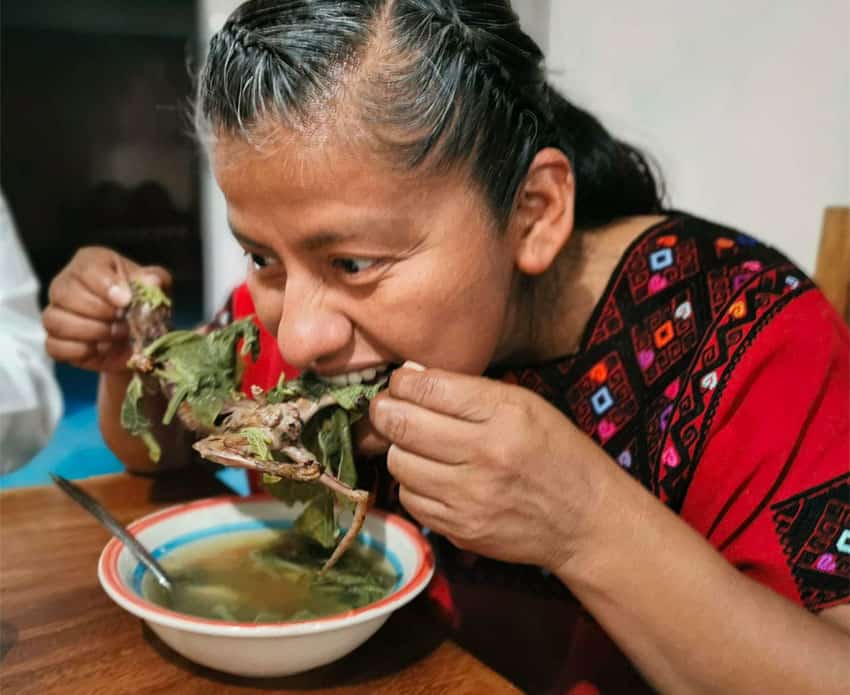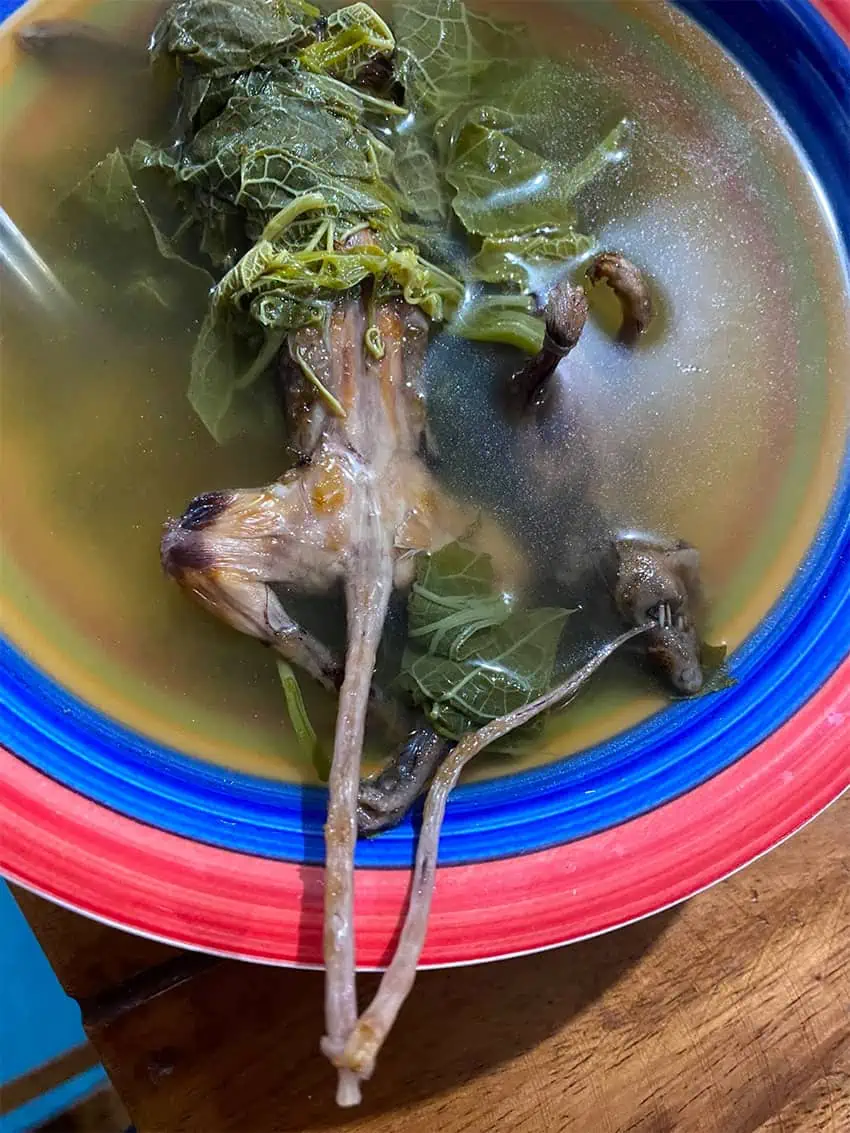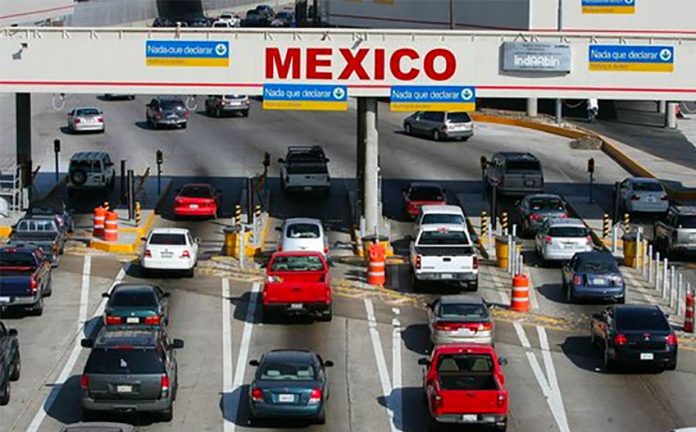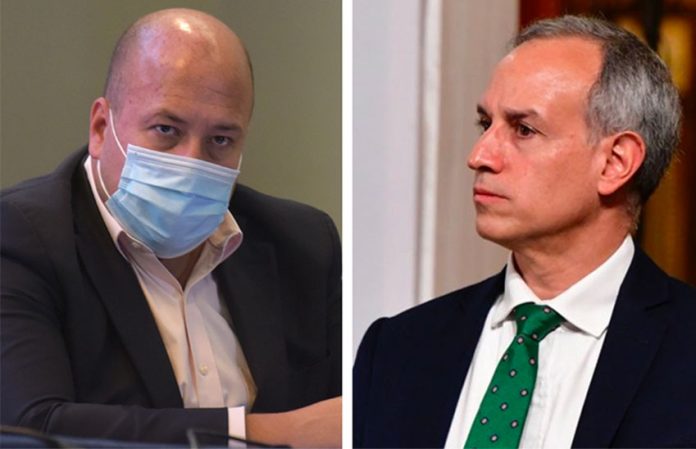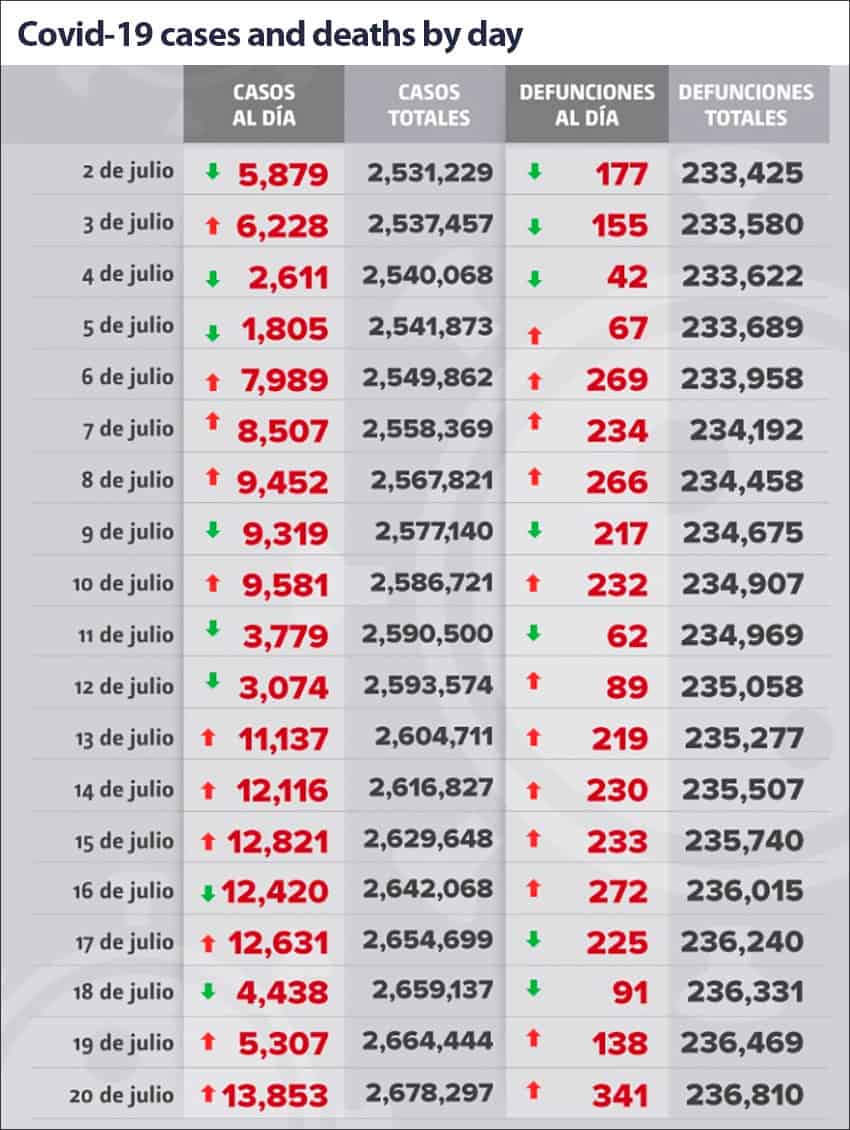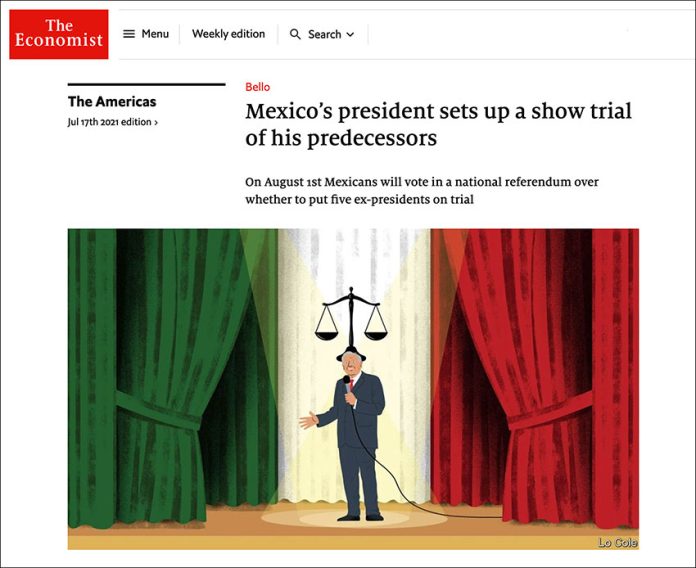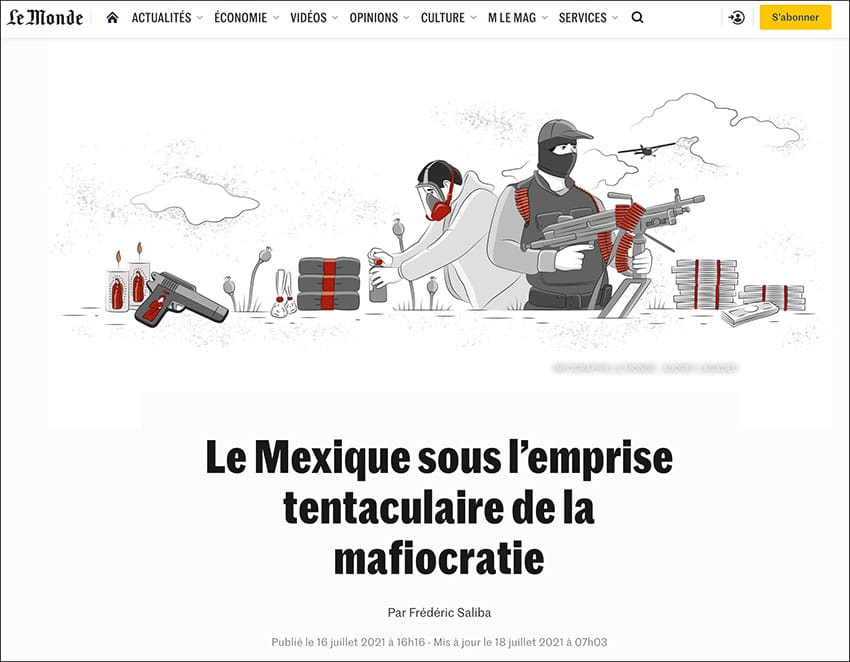Mexico’s north-central state of Querétaro is finally starting to get some well-deserved notice for its wines.
The state’s vineyards have usually been overshadowed by Baja California, which currently accounts for about 90% of Mexico’s wine production, but they are expanding and more Mexicans are learning to enjoy the alcoholic beverage. It also doesn’t hurt that its artisanal cheese industry is also growing.
It’s actually a little surprising that Mexico doesn’t have a major wine industry, given that it’s the oldest winemaking region in the Americas. It dates back to 1524, when conquistador Hernán Cortés ordered grapevines to be planted.
One story — probably apocryphal — claims that Cortés wanted them because in celebrating their victory over the Aztecs, he and his soldiers had drunk all the wine they’d brought from Spain. Whatever the reason, Spaniards obeyed his orders, and the resulting vineyards did so well that wine imports from Spain fell off sharply.
This miffed the Spanish king, Charles II, and in 1699, he banned winemaking in Mexico, exempting only the Catholic Church’s sacramental wine. Although the ban was lifted after the Mexican War of Independence in 1821, Mexico’s wine industry continued to lag far behind its beer, tequila and mezcal industries.

But the number of wineries sprouting up in Querétaro these days is a testament to an increased interest in Mexican wines.
The first modern vineyards in the state were founded in the 1970s when the Redonda and Freixenet wineries — two of the largest in the state — planted their grapevines. They did this despite the challenges faced when trying to establish vineyards here.
For one, there’s the rain that arrives during the harvest season, which allows mildew to grow on the grapes.
“The mildew will poke through the grapes and ruin them,” said Tom Pence. He and his wife Tiffany have a total of 37 years experience in the wine industry.
They moved to Querétaro just over three years ago and have spent much of that time learning about the state’s wineries. Tiffany has her own blog in which she shares inside information about vineyards, creameries and what else Querétaro has to offer.
Some years, as much as 30% of the harvest can be lost to mildew. Hail, which also arrives during the harvest season, can destroy grapes.
To avoid such losses, Pence said, “The focus is on [growing] thick-skinned varieties — early ripening ones too.”
Another issue is the presence of large volcanic rocks, which are prevalent across the area.
“The vines struggle to grow, and the grapes will be smaller,” said Pence. However, he added that smaller grapes will lead to wines that are more what he calls “classically European” wines that are “more elegant, have nicer acidity.”
Despite the challenges, Querétaro now boasts more than 40 wineries.
Andrea Morena Durán has worked in some capacity in the wine industry for seven years and has been a manager at the Vinaltura winery for a little over a year.
Vinaltura’s first vines were planted in 2014. Its first production was in 2017, and they now turn out about 40,000 bottles of wine a year.
“We have a number of whites,” said Durán, “including sauvignon blanc, chenin blanc, and riesling. White wines and sparkling wines do the best because of the rain and the acidity of the soil.
“We do small fermentations for higher quality. We have three or four harvests of whites; we ferment them separately, then combine them.”
Doing this allows Vinaltura to produce the best white wines possible despite the challenges. “We have extreme weather and high acidity [in the soil],” she said, “and this is what gives Querétaro wines their specialness.”
Vinaltura also sells two rosés and six red wines but, like other wineries, in a more limited supply. Richard Hernández Jiménez, the sommelier at Puerta del Lobo winery for the last three years, pointed out why that’s probably the case.
For reds like cabernet, he said, “… the growing season is so long and the chance of hail is great. It has a thick skin — so that is good. But it takes too long to grow.”
Hernández sees part of his job as educating Mexicans about wine. “It is very difficult to change Mexicans’ minds,” he said. “Wines are dry, and the Mexican palate is accustomed to sweet things, to sodas or strong things like tequila.”
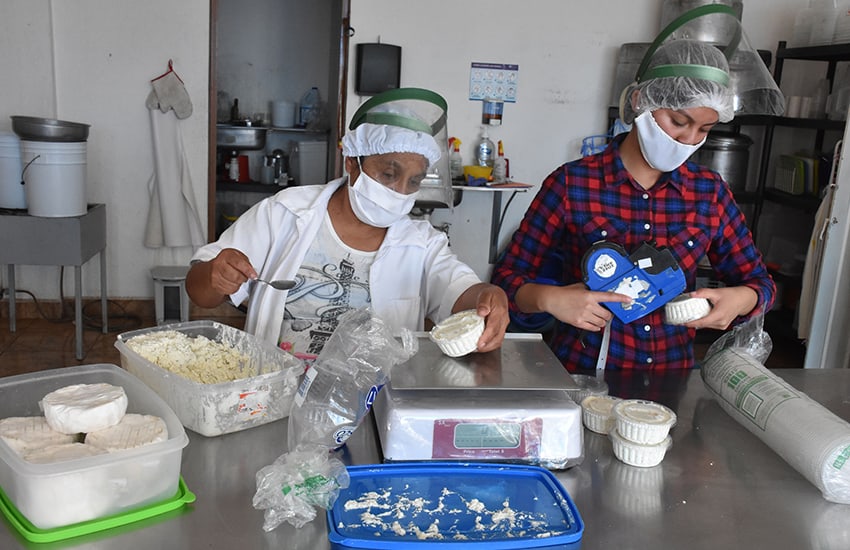
He brings newcomers along slowly. “We start with whites, the gentlest ones like sauvignon blanc, which is quite floral. Then we’ll move to rosés made from malbec or syrah.”
Eventually, he may even be able to get them to try a red like cabernet sauvignon.
Querétaro’s artisanal cheese producers nicely complement the state’s vineyards, and they are also introducing Mexicans to something new. Cava de Quesos Bocanegro opened eight years ago and at first sold only fresh cheeses.
“Basic Mexican cheeses like quesillo, manchego, queso fresco,” said Yakoe Nicol Tablado, son of the business’s founder and manager. Then, six years ago, they built a cava (cave) and began selling aged cheeses.
“It is hard in Mexico to sell [them],” he said. “We are trying to introduce Mexicans … to the flavors that Europeans really like. I think we are being successful.”
Bocanegro offers a tasting that includes several of their cheeses, ranging from mild to strong flavors, and includes some vegetables and bread. Local wines and beer are also available.
Isabel Esteve Denaives is a veterinarian who has a soft spot for certain animals. “I like goats,” she admitted. She must because she now has a herd of 75.
She’d been selling goat milk for years but struggled to make enough money to continue. So she decided to start making and selling cheese. A person of French Mexican heritage, she spent a year in France learning how to make goat cheese.
Three years ago, she opened Queso La Biquette (biquette is French for “small goat”), introducing Mexicans to something new.
“It is not typical in Mexico to have this type of cheese,” Esteve said. “Cheese made from cows is a part of Mexican gastronomy; people cook with those cheeses. This cheese is more for the table. We try to educate Mexicans on how to eat this cheese and enjoy it.”
Although not certified as organic, Esteve said she doesn’t use antibiotics or preservatives. “Our production is all manual,” she said. “No machines.”
La Biquette also offers tastings with six types of goat cheese. The mildest, and what most people think of when they think of goat cheese, is queso fresco and the strongest is one called tomme, which has a sharp, earthy flavor.
As the wineries have expanded, so have their offerings.
“Wine bars, restaurants and tours of the vineyards and creameries started about four years ago,” said Tiffany Pence. They also have tastings.
• Querétaro has its official art, wine and cheese route that you can follow on your own, but there are also a number of companies that offer tours. More information about its wineries may be found at www.avq.com.mx.
Joseph Sorrentino, a writer, photographer and author of the book San Gregorio Atlapulco: Cosmvisiones and of Stinky Island Tales: Some Stories from an Italian-American Childhood, is a regular contributor to Mexico News Daily. More examples of his photographs and links to other articles may be found at www.sorrentinophotography.com He currently lives in Chipilo, Puebla.

